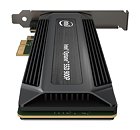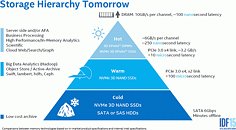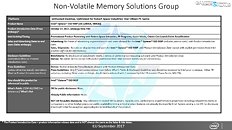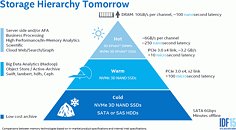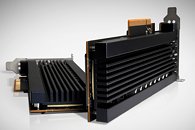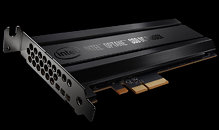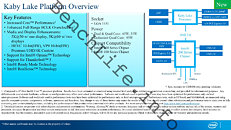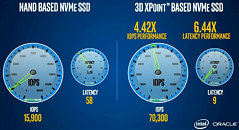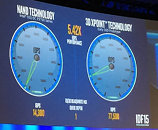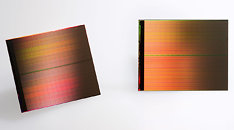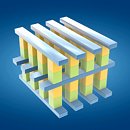
Intel Previews True Optane M.2 SSD Geared for Enterprise
At the Open Compute project Summit, Intel previewed their upcoming Optane SSD DC P4801X, the company's true M.2, Optane-based SSD for enterprise deployments. Intel has managed to reduce the footprint for their flagship, U.2 form-factor Optane SSD DC P4800X, while increasing the available NAND capacity from their current caching solutions (800p and 900p Optane SSDs).
The new, upcoming M.2 SSD's controller features a 7-channel architecture to improve performance as much as possible, deployed in 375 GB drives, through use of seven quad-die packages of 3D XPoint memory. For the moment, there are no pricing or performance metrics to be talked about. However, this solution marks the first in a general consumer-available form-factor, and could be prototyped for a future, mainstream-hitting Optane SSD.
The new, upcoming M.2 SSD's controller features a 7-channel architecture to improve performance as much as possible, deployed in 375 GB drives, through use of seven quad-die packages of 3D XPoint memory. For the moment, there are no pricing or performance metrics to be talked about. However, this solution marks the first in a general consumer-available form-factor, and could be prototyped for a future, mainstream-hitting Optane SSD.














